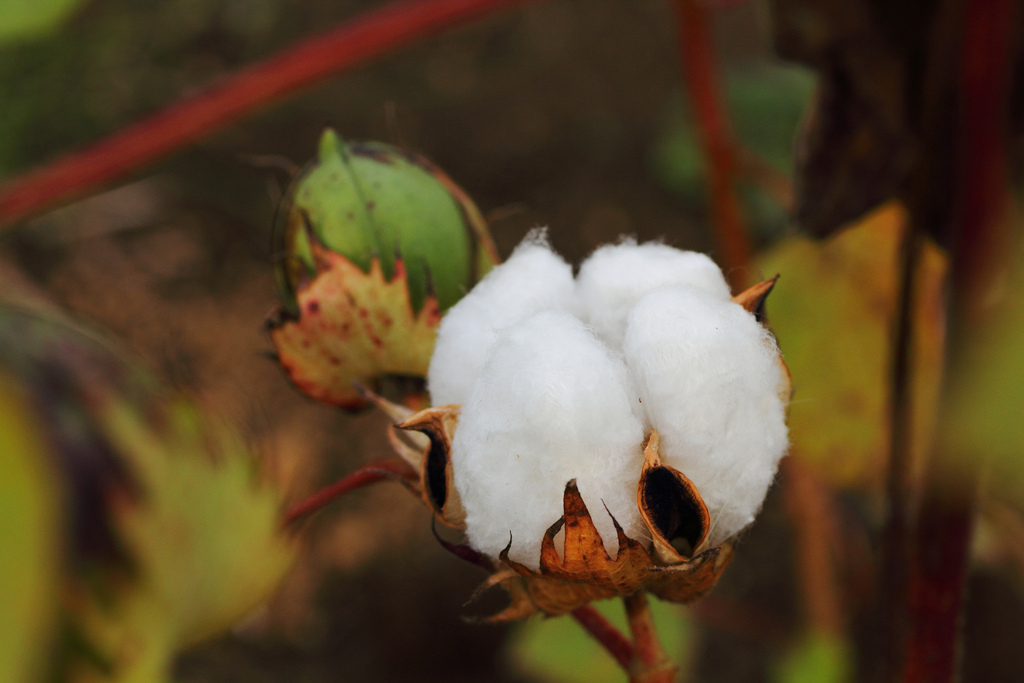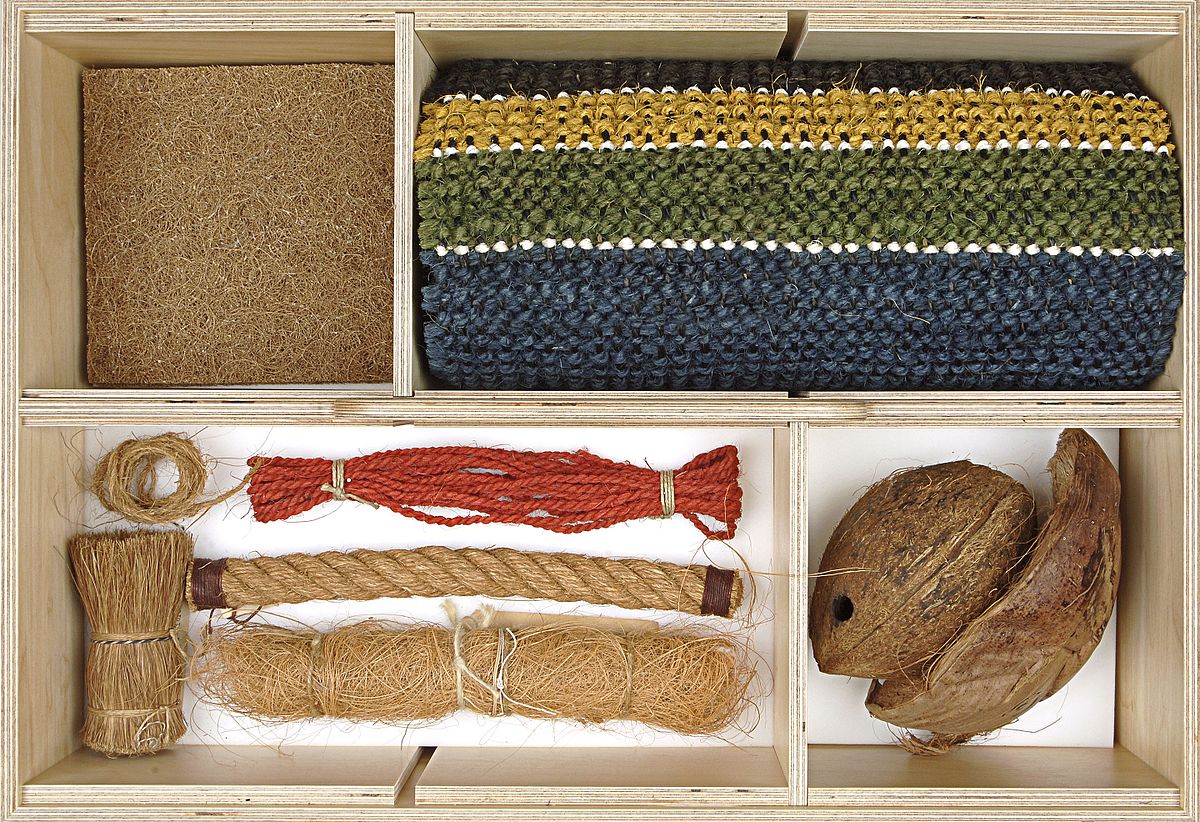Seed fibres
Cotton
- 1/3 of all fibre use
- Cotton plant 1 - 1.5 m
- Cultivated around equator (The most important producers of are China, India, USA, Pakistan, Brazil, Uzbekistan, turkey, Australia, Greece and Syria)


Maturity
Click on the headings below for more information
Kapok – Java Cotton fibre
- Seed fibre from Kapok tree
- Light, high flammability
- Moisture resistant
- Dries quickly
- Smooth
- Not possible to spun into yarns
- Used for stuffing and insulation
Coir fibre
- So Seed fibre from the coconut palm
- Stiff and Strong
- Stuffing in upholstery
- Ropes
- Door mats
Cultivation
Cultivated around equator (The most important producers of are China, India, USA, Pakistan, Brazil, Uzbekistan, turkey, Australia, Greece and Syria)
×Grading
Grading will be done based on length of fibres, maturity, colour and impurities.
Length
Facilitates spinning
- Softer, thiner, stronger fibre, more expensive
- Short 18-22mm, Normal 23-27 mm, Long 28-34mm, Very long 35-40
Maturity
- Immature cotton affects strength, evenness, dyeing properties
- High class cotton (65% mature fibre and maximum 10% immature)
Colour
- Different colours: white, grey, blue, brown, yellow
- White facilitates bleaching and dyeing
- Sally Fox – Natural colour cotton
Chemical modification
- Mercerisation
- Flame retardant treatment
- Water repellent treatment
- Improve resilience








